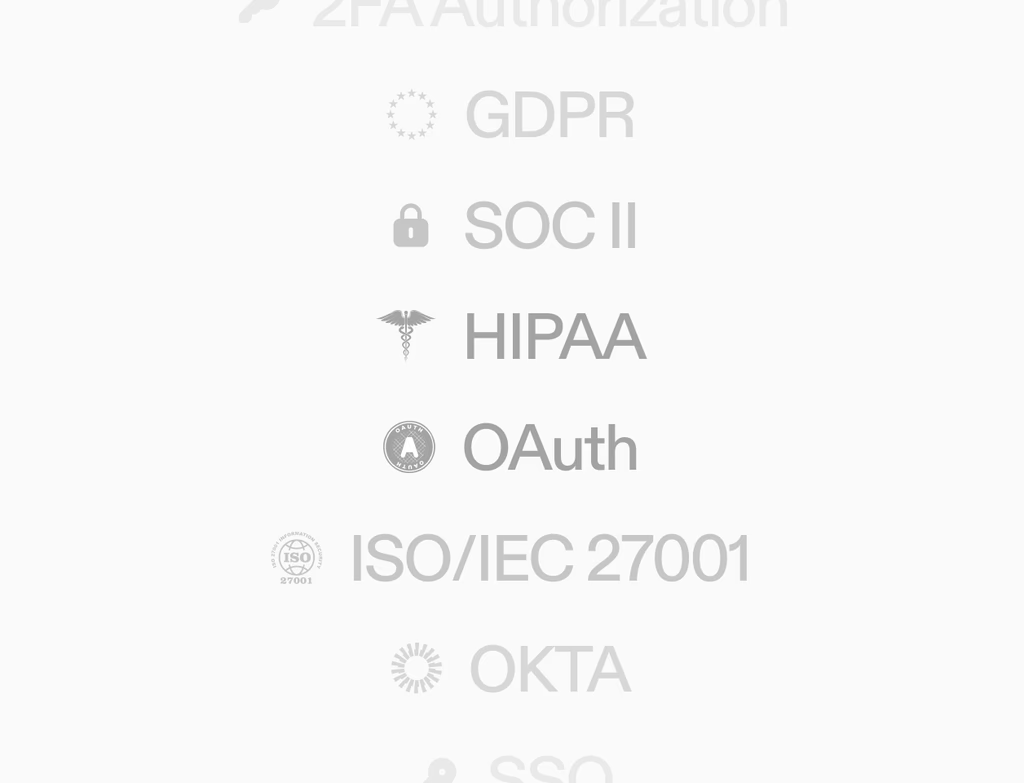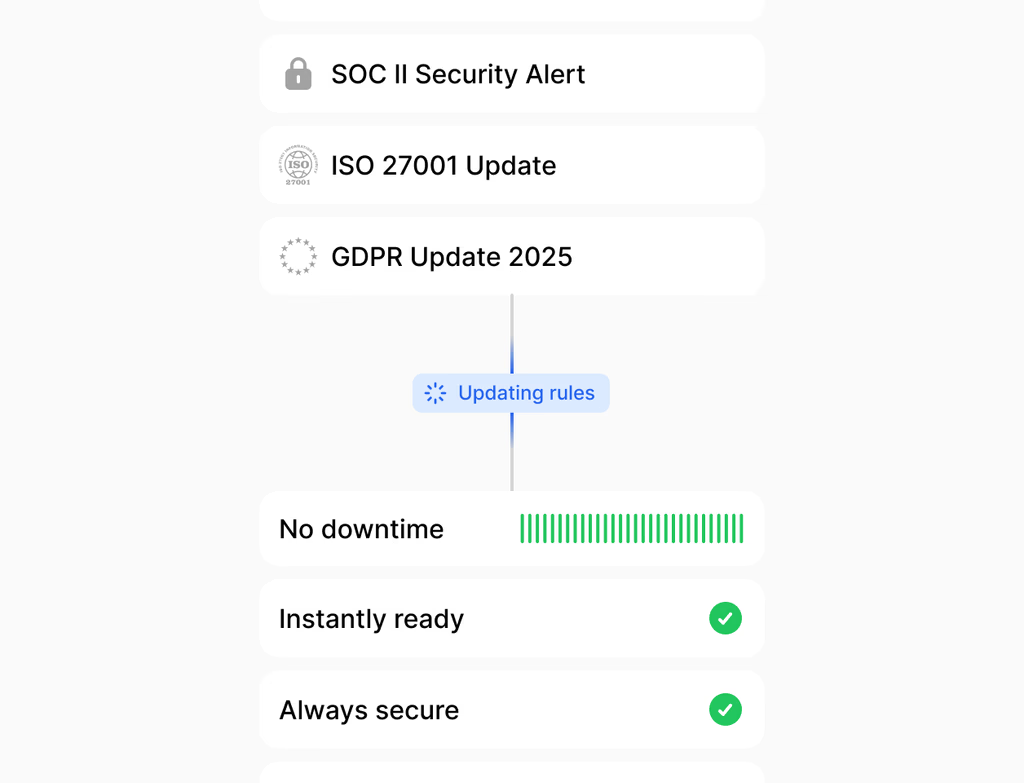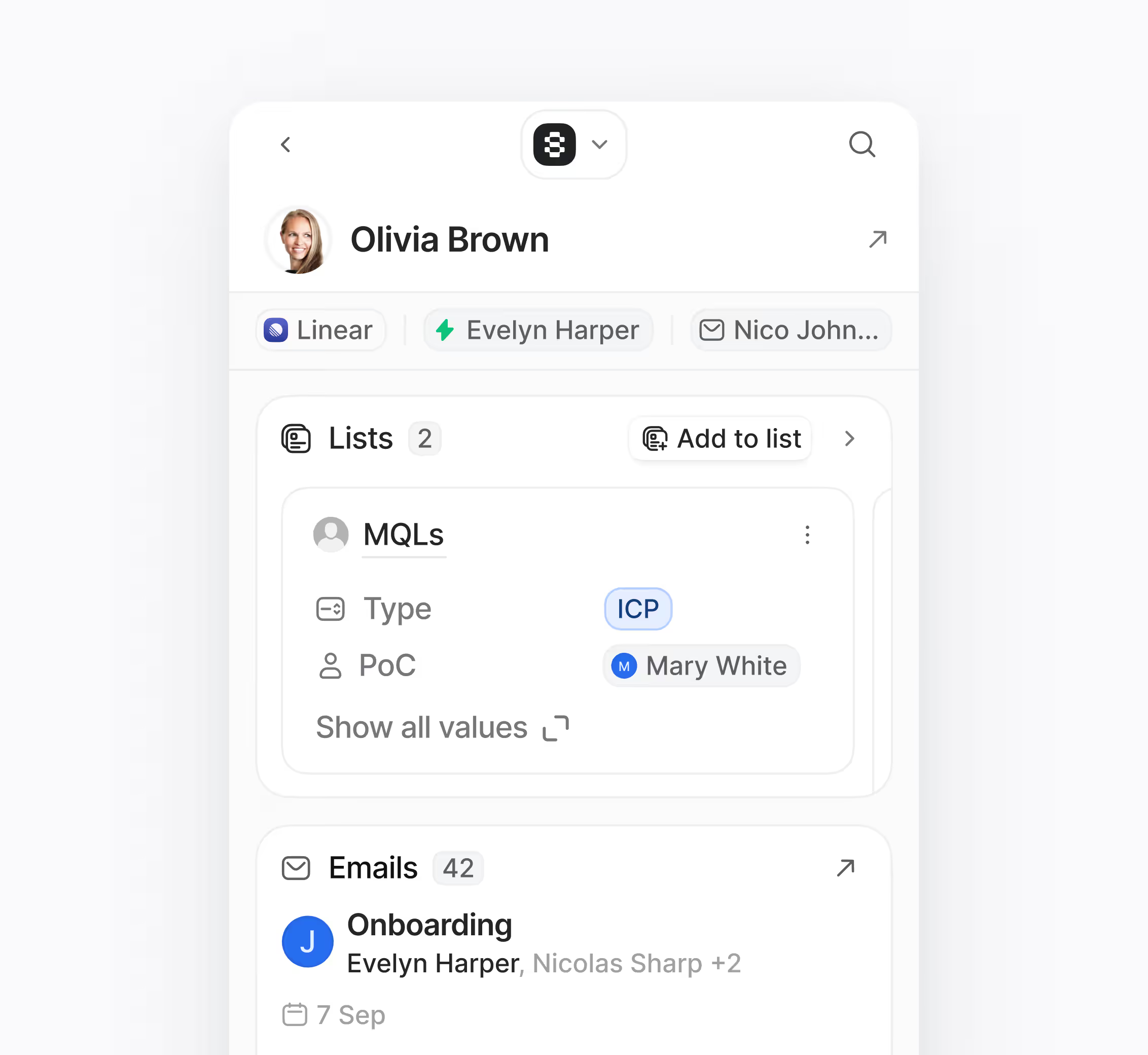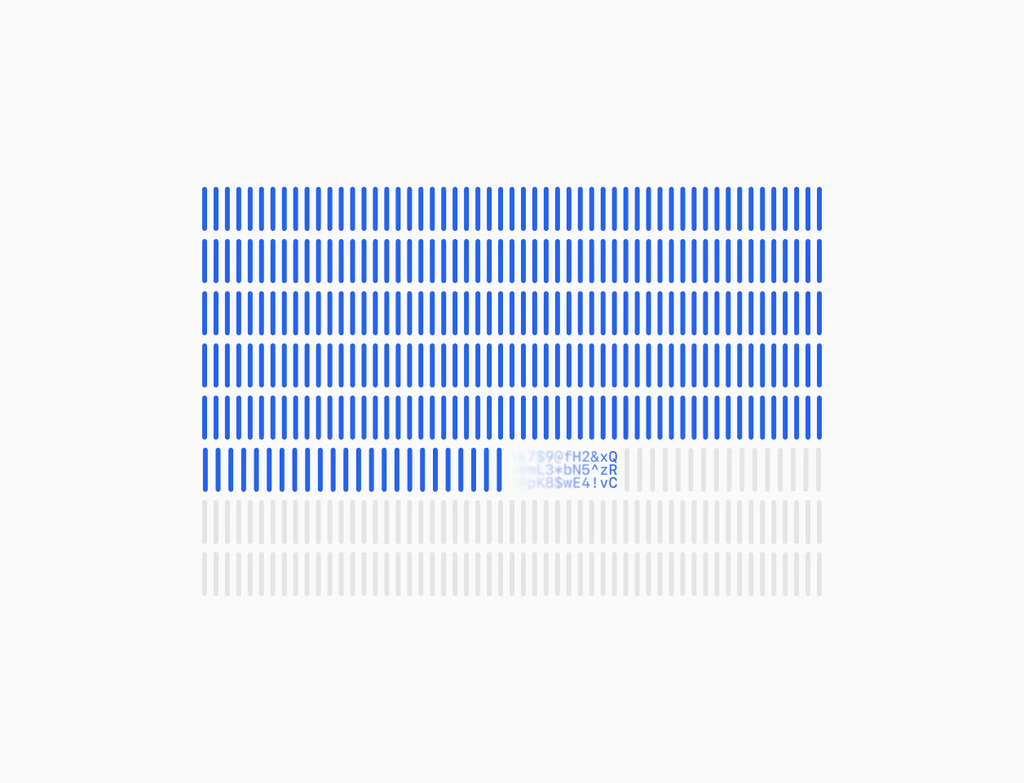Who can access sensitive fields using Sensitive Data Protection?
Only assigned roles with explicit permission can view or edit sensitive fields. This strict control ensures that only authorized personnel interact with regulated data, minimizing risk and supporting compliance efforts.
The feature applies granular access controls, allowing you to define permissions at a field level. This prevents mass exposure of sensitive information, such as government IDs or financial details, even within internal teams. Auditing every access further reinforces data governance.
Key controls include:
- Field-level permissions for viewing and editing.
- Role-based visibility in records and exports.
- Just-in-time access with expiration for temporary needs.
How does Hoop secure sensitive data at rest and in transit?
Hoop ensures security by default through multiple layers of protection for sensitive information. All data is protected both when it is stored and while it is being transferred across systems, using industry-standard encryption protocols.
Additionally, the platform uses redaction to mask sensitive values in user interfaces and notifications, limiting visual exposure. Continuous monitoring is also in place to alert administrators to unusual access patterns, providing proactive security against breaches and unauthorized activity. This comprehensive approach helps organizations protect trust and reduce risk effectively.
What are the core benefits of using the Sensitive Data Protection feature?
The main benefit is the ability to store regulated data securely and responsibly within the Hoop platform, protecting fields like government IDs and financial details with enhanced controls.
This feature offers several key capabilities:
- Reduced risk of data exposure through field-level permissions and masking.
- Compliance support by maintaining comprehensive audit trails of all data interactions.
- Seamless operation without friction, thanks to tokenized references and scoped APIs for integrations.
By implementing these safeguards, you ensure that your data handling aligns with regional regulations and internal policies, simplifying your governance framework.
Can data masking affect my existing integrations or automated workflows?
No, data masking is designed to operate without friction and should not break existing integrations or automated workflows built on the Hoop platform. The system uses a specific mechanism to maintain continuity while still limiting data exposure.
To preserve essential data flows while ensuring security, you use scoped tokens and references for automations and downstream tools. This approach allows your workflows to function correctly without needing direct, unmasked access to sensitive fields. The platform provides structured templates for common regulated fields, making it easier to set up these secure integrations correctly from the start.
Which Hoop platform pricing plans include Sensitive Data Protection?
Sensitive Data Protection is a critical feature offered across multiple tiers of the Hoop platform to accommodate various organizational needs. This feature is currently included in the core, pro, and enterprise pricing plans.
While the basic core plan includes essential protections, higher tiers like pro and enterprise typically offer more advanced governance capabilities. These might include expanded audit log retention, more sophisticated monitoring alerts, or specialized tools for compliance reporting. Organizations needing the most robust controls for complex regulatory environments should consider the enterprise plan for full coverage.
How does this feature support us in proving regulatory compliance?
The Sensitive Data Protection feature on Hoop is built to actively support your compliance efforts during regulatory reviews and assessments. It achieves this by providing comprehensive documentation of all interactions with sensitive data.
The system automatically maintains detailed audit trails of every read, edit, and export event related to regulated data. You can leverage these granular logs and generated reports during internal or external assessments to demonstrate adherence to regional data protection regulations and internal security policies. This simplifies the process of proving compliance and ensures that your data governance is transparent and accountable.



.avif)





